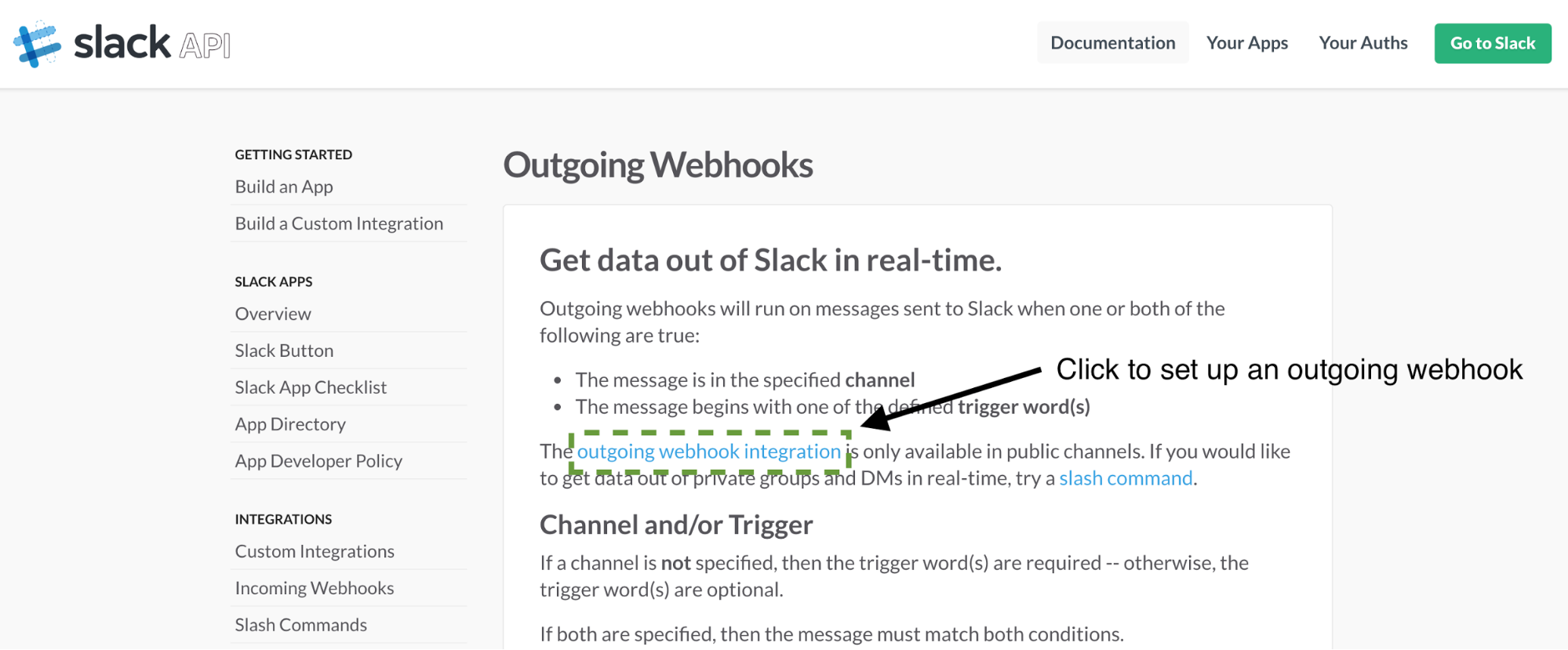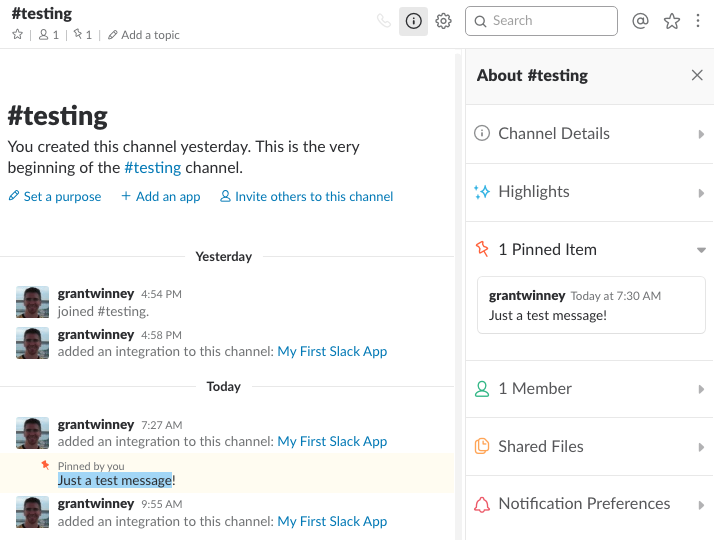

Write your project name, and click Create.Ĭomponents are the main building blocks of Mule apps. Select Create and then Create a new Mule application. If your company doesn’t provide access to these, you can create a free account for learning purposes.įrom the side menu in your Anypoint Platform, go to the Design Center. To create Mule apps, you’ll need access to the Design Center and permission from your administrator. So let’s go create our Mule app to get the Request URL we need here. This needs to be a URL to your MuleSoft application (Mule app) that will run a specific logic – in this case, sending a message to our channel using the Webhook. This is not the same URL that we used to connect to our Webhook. You’ll notice we’re being asked to provide a Request URL. Select “Add features and functionality”, click on the “Slash Commands” button, and select “Create New Command.” Let’s go directly to our previously created Slack app at /apps and click on the app you want to enhance. Thanks to MuleSoft, we can create Mule apps in the cloud! There’s no need to install any program on your computer, and the User Interface is not very complex. We will essentially be replacing Postman with a Mulesoft application, which will be called using our new Slash Command in Slack. To make this possible, we’ll need an integration that will trigger our Webhook.

Instead, we will just send it directly from any conversation in Slack! Our Slash Command will be useful for us because we won’t have to use Postman anymore to send a message from our Slack app to our channel. Slash Commands let users trigger an interaction with your app directly from the message box in Slack. A Webhook is not exactly an API, but it works very similar since they are using HTTP Requests, a JSON Data Type, an operation – or POST, in this case – and they send back a response.įor this post, we’ll continue to use our Webhook to send messages to our Slack channel, but now we’ll automate it using a Slack “Slash Command”. They make use of normal HTTP requests with a JSON payload. Incoming Webhooks are a simple way to post messages from external sources into Slack. Postman is a tool used to interact with any API with a very user-friendly interface that helps us send Requests and read Responses without having to know the specific Terminal commands. Slack apps have access to several APIs in order to read, write, or update any data within Slack.Īs a quick recap, we used Postman to interact with our new Webhook to send messages to our Slack channel. Remember, Slack apps help automate all kinds of tasks, like sending messages to a specific channel using webhooks, as we walked through in my last post. In my last post I introduced you to Slack’s API and we built our first Slack application, or app.

Build personalized applications with Slack’s APIs – Part 2


 0 kommentar(er)
0 kommentar(er)
